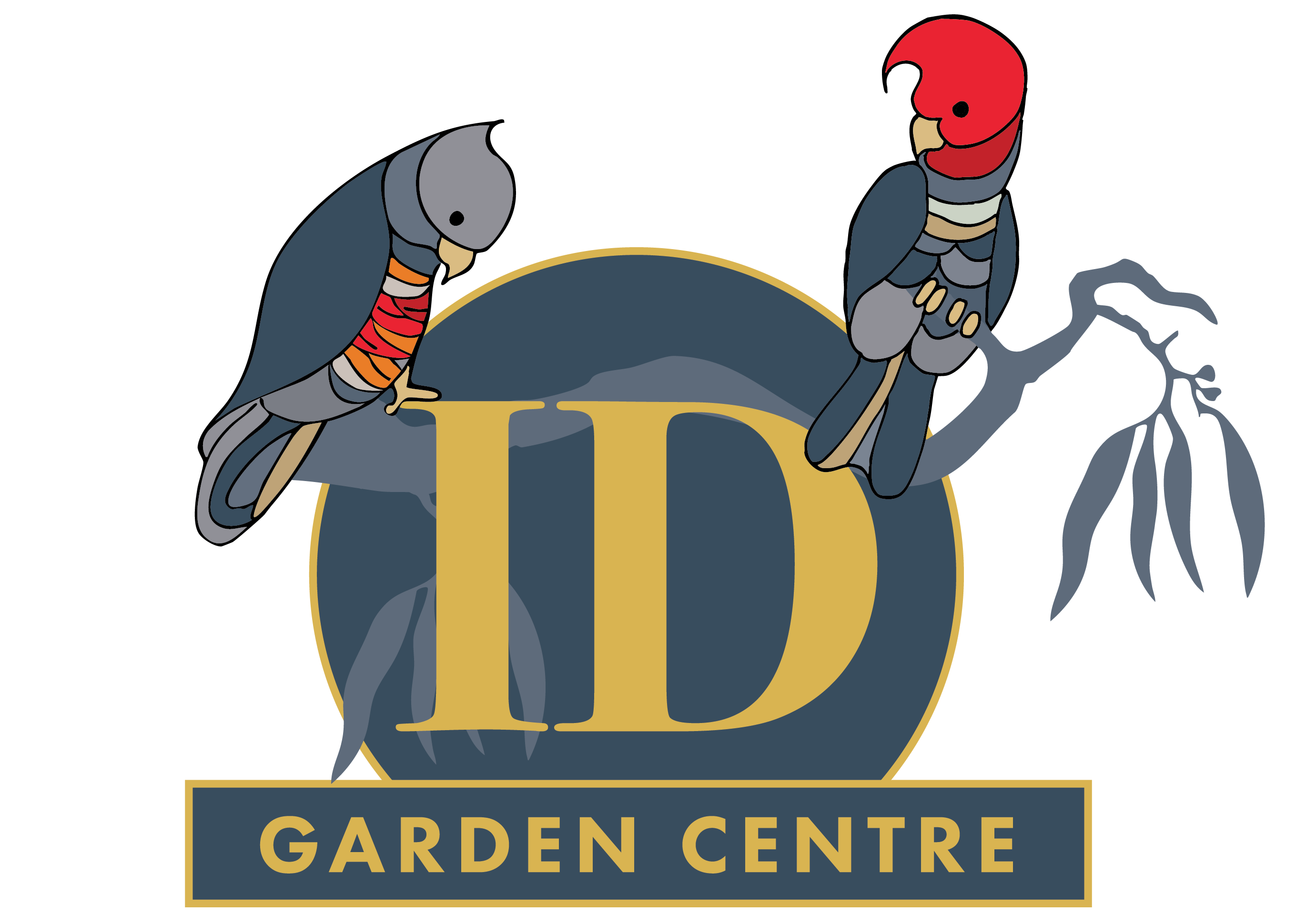Currently accepting online orders for in-store pickup only. We look forward to rolling out full functionality over the coming weeks!
Low-Maintenance Native Garden in Eltham
Create a drought-tolerant, low-maintenance native garden with local supplies from ID Garden & Landscape Centre in Eltham. Soils, mulch & rocks that work with nature.
🌾 How to Build a Low-Maintenance Native Garden in Eltham
Eltham’s leafy surrounds and bushland character make it the perfect place to design a native garden that looks beautiful year-round — without constant watering, mowing or fuss.
At ID Garden & Landscape Centre, we’ve spent over 15 years in the landscaping trade helping locals create gardens that work with the natural environment, not against it. Here's how to build a native garden that’s both low-maintenance and high-impact.
Step 1: Start with the Right Soil
Most native plants prefer free-draining soil that doesn’t hold excess moisture. If you're planting into clay or compacted ground, we recommend improving the base with:
- Garden Blend Soil – a versatile, balanced mix with compost and loam
- Diggers Compost – for boosting microbial life and improving structure
- Lightly mixing compost into the planting zone creates better root penetration and long-term resilience.
🌱 Step 2: Choose Native Plants That Thrive Locally
Opt for drought-tolerant natives suited to Eltham’s climate and soil. Some proven performers include:
· Correa reflexa for a winter flowering and low-maintenance shrub
· Kangaroo Paw (Anigozanthos spp.) for bursts of vibrant colour
· Lomandra spp. and Dianella spp. for their strappy foliage and hardiness
· Grevilleas for visual interest and to get the bees buzzing!
Group plants with similar water needs and allow plenty of space for shrubs — natives don’t like being crowded.
🍂 Step 3: Mulch for Moisture and Weed Control
Mulching is essential for a native garden — it suppresses weeds, retains moisture and mimics the natural forest floor.
Top choices for native landscapes:
· Eucy Mulch Chunky – Long-lasting and great for informal, natural-style beds
· Reground Bush Mulch – An earthy, lightweight option ideal for moisture retention
· Eucy Mulch Fine – Use in more refined native garden designs
Apply 5–7.5cm deep and avoid piling it against plant stems.
Step 4: Add Natural Rock for Structure & Habitat
Rocks aren’t just decorative — they provide passive shade, habitat for insects and lizards, and help anchor a design visually.
We love using:
· Field Granite – Irregular, earthy tones that blend perfectly into native settings
· Basalt or Mudstone – Strong contrast against grey-green foliage
Rock groupings also work well as informal edging, seats or dry creek beds.
💡 Pro Tip:
Use Field Granite Sawn Stone to create native-inspired garden steps or features — it adds structure without overpowering the soft forms of native plants.
🌿 Built for Eltham. Built to Last.
Native gardens aren’t just beautiful — they’re smart, sustainable, and resilient. With the right soil, mulch and natural materials, you’ll enjoy a garden that thrives with less effort and more harmony.
Come see us at ID Garden & Landscape Centre in Eltham — we’re here to help with practical advice, bulk materials, and a passion for low-maintenance landscaping that works with nature.
